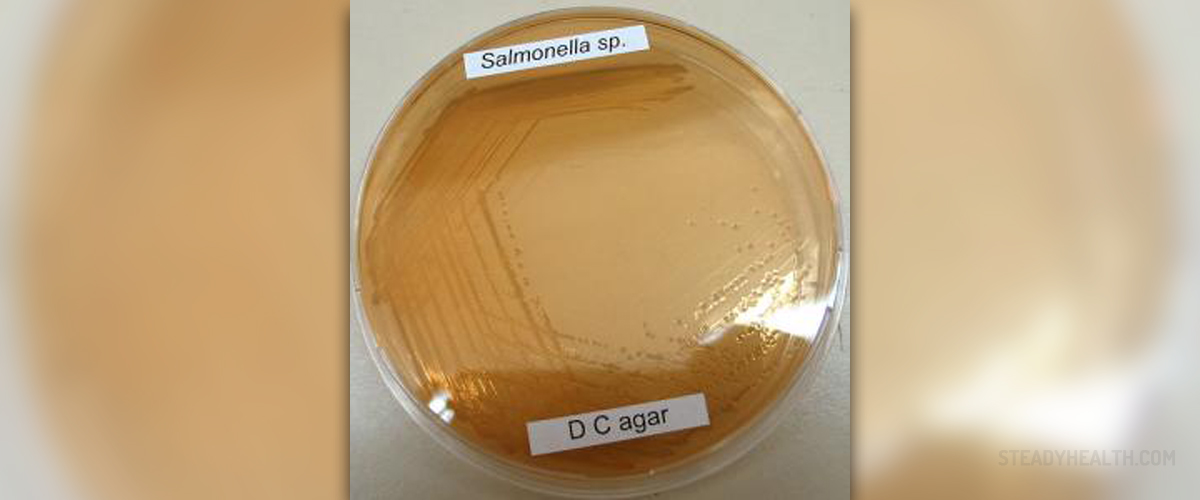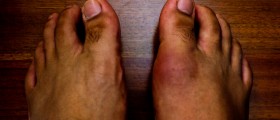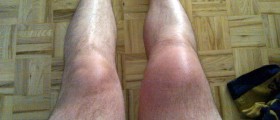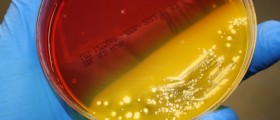
Salmonellosis is one of the most common intestinal infections in the United States. The disease is caused by bacteria, Salmonella. Statistically around 1.4 million new cases are registered every year .
Out of 1000 cases, 220 end up in a hospital. Every eighth person dies. 31% of all deaths due to food poisoning are caused by Salmonellosis. The disease strikes during the warm months (spring and summer).
The condition develops after the bacteria are ingested with the food. The food originates from the infected animals. Their products (meat especially poultry, eggs, milk and milk products) are not cooked or fried enough or they are used raw in some dishes. The source of the infection can be even a person with acute or chronic infection which feces is rich in the bacteria. In this case the disease is transmitted if there is a lack of hygiene while preparing the food so the bacteria get into the food.
Gastroenteritis or the inflammation of gastrointestinal tract develops within 6 to 72 hours after the ingestion of Salmonella. Nausea is present and one may vomit. Abdominal cramps occur as well as diarrhea. Feces may be bloody or rich in mucus. High temperature is almost always present. Patient's state may worsen with headaches, muscle pain and arthralgia (pain in joints). Infectious dose includes only 15 to 20 cells. This points to huge contagiousness potential. Extremely rare, Reiter's Syndrome also known as "reactive arthritis" can occur as a result of the infection. The symptoms of this syndrome develop within a week or two after the onset of the infection and include reactive arthritis, conjuctivitis and infection of urinary tract. This form of arthritis affects the joints of the legs leading to swelling and pain. Additionally inflammation of tendons attachments to the bone and bony growths in the heel (heel spurs) can occur. The disease may affect spine as well leading to spondylitis. All in all, the duration of the condition varies significantly. Even though most of the patients heal within a year the condition may be permanent.
Salmonellosis lasts up to a week after the onset of symptoms. Most of the time no treatment is needed except for the extensive re-hydratation since vomiting and diarrhea lead to serious dehydratation of the patient. In serious cases or development of complications antibiotics are administered. If Reiter's Syndrome develops symptomatic treatment together with non-steroidal anti-inflammatory drugs or injections is applied.
In order for Salmonella to be detected, a stool sample is taken. Blood cultures are not positive all the time. If bacteria get into the blood stream, a state called bacteriemia can lead to endocarditis and osteomyelitis or result in previously mentioned Reiter's Syndrome. Stool samples must be taken before any antibiotic is administered.

















Your thoughts on this
Loading...